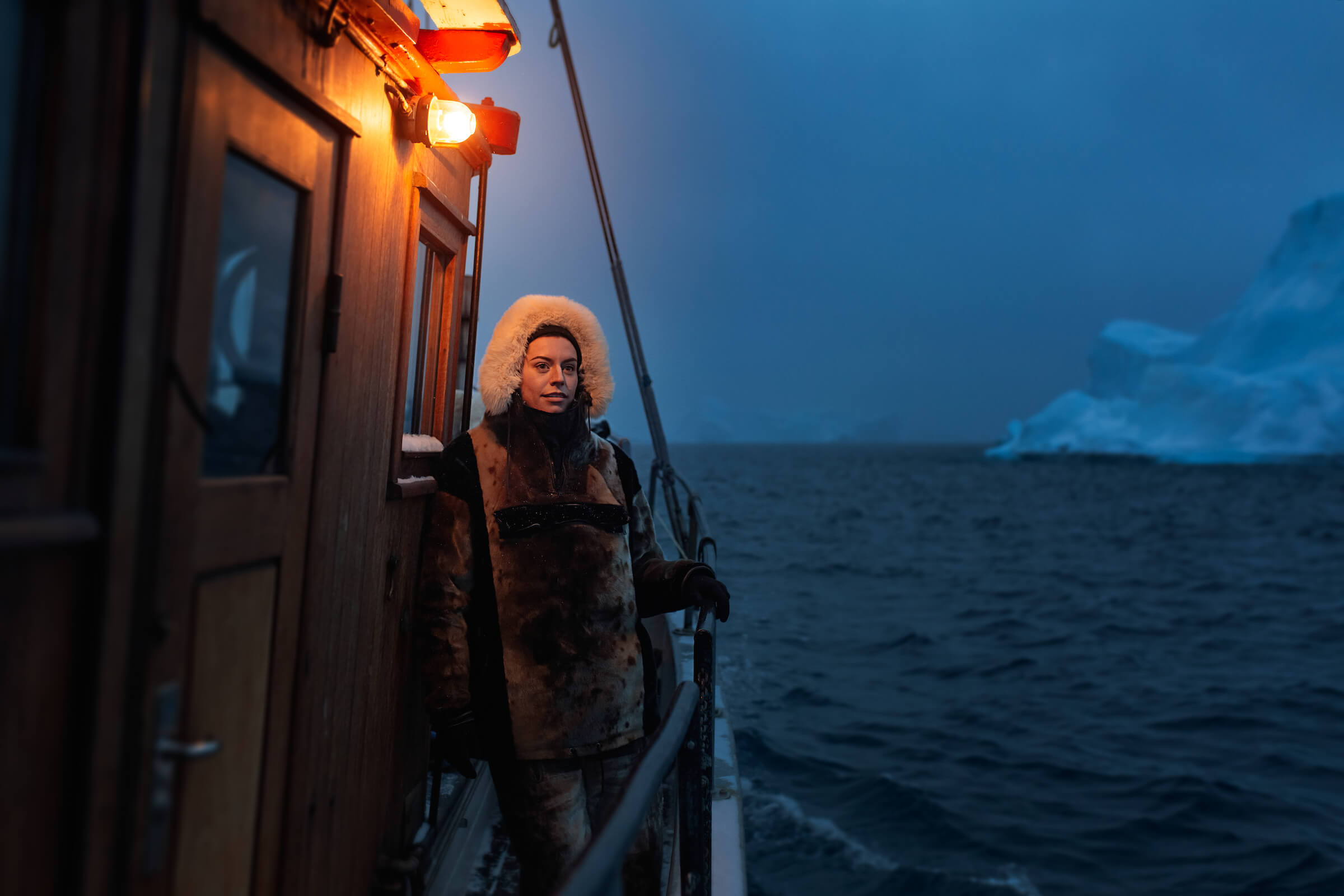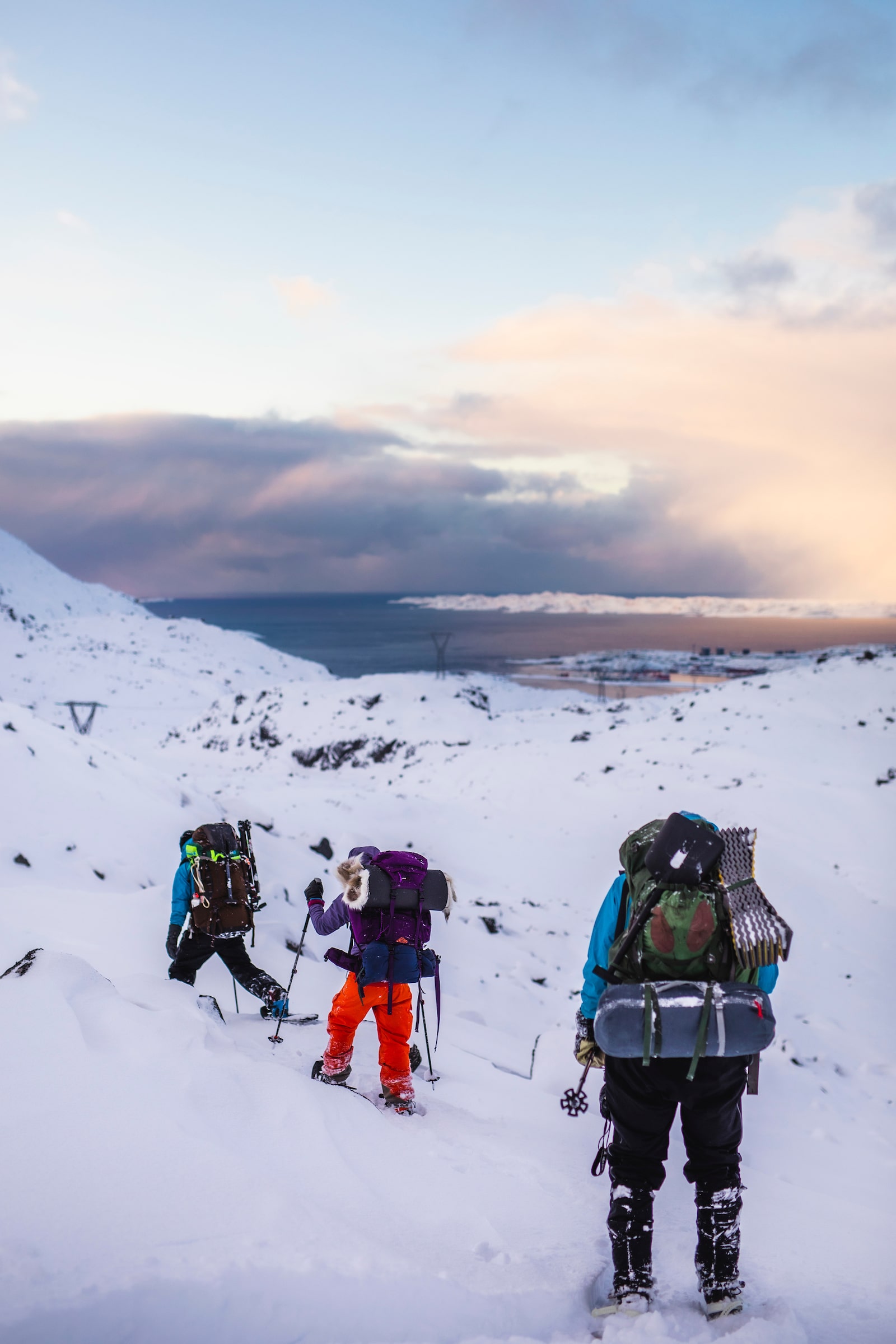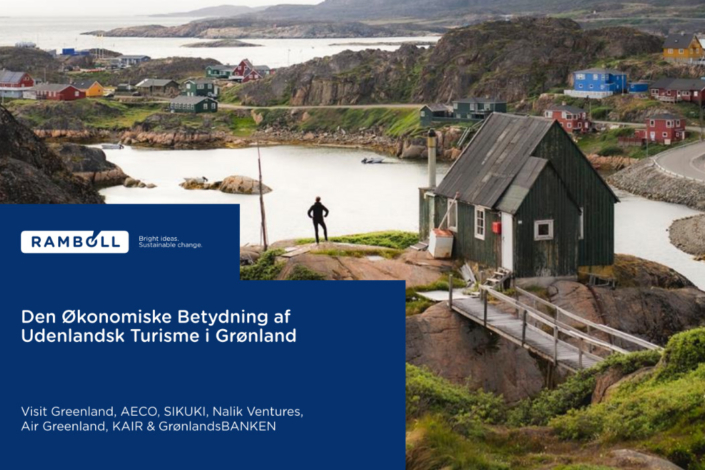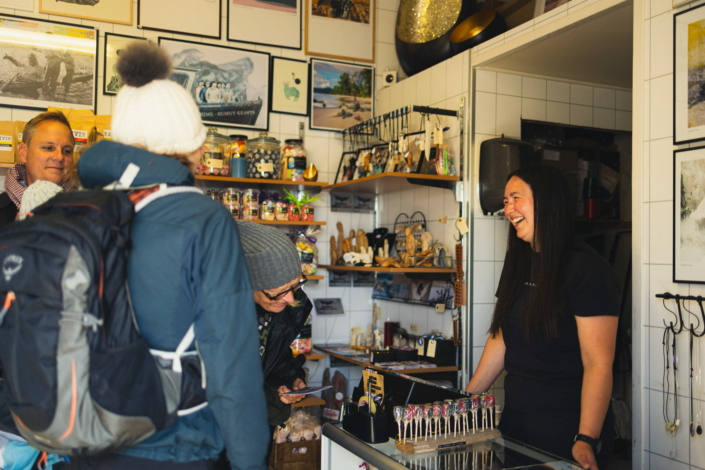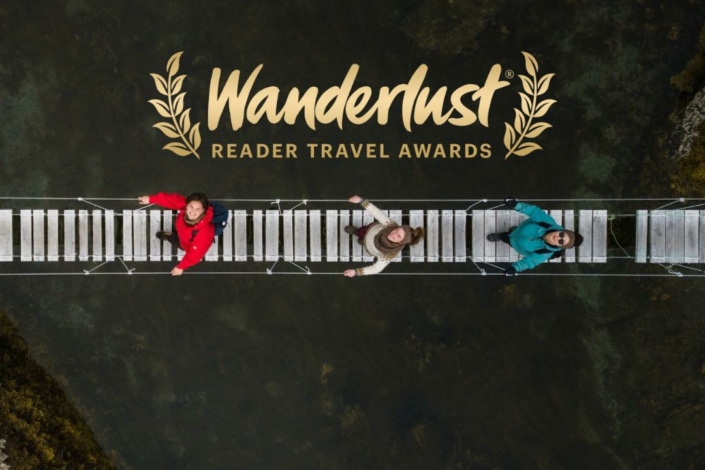Gouda Insurance is currently the only insurance company that can insure dog sledge tour operators.
They say: “Our liability insurance covers flaws and deficiencies with a trip, including if there is an injury during a dog sledge trip caused by a flaw/deficiency. For example, if a guest falls off the sledge because they are not holding on or trying to get up during the trip, it is not the travel agent’s responsibility. However, if the sledge tips over or if a guest is hit by a sledge, it is the tour operator’s responsibility, and the insurance will cover it.
The insurance also covers if the sledge trip cannot be completed (reimbursement of the part of the tour price that includes the trip) or if the guest arrives too late in Greenland and loses a day of travel (compensation to the guest of a day’s share of the tour price) and many other things arising from the Package Tour Act Liability to which the travel agent is, as you know, subject.”
The latter only applies if the tour operator has taken out package tour insurance with the Travel Guarantee Fund, which is relevant if you offer travel/experience packages and not just one type of experience.

